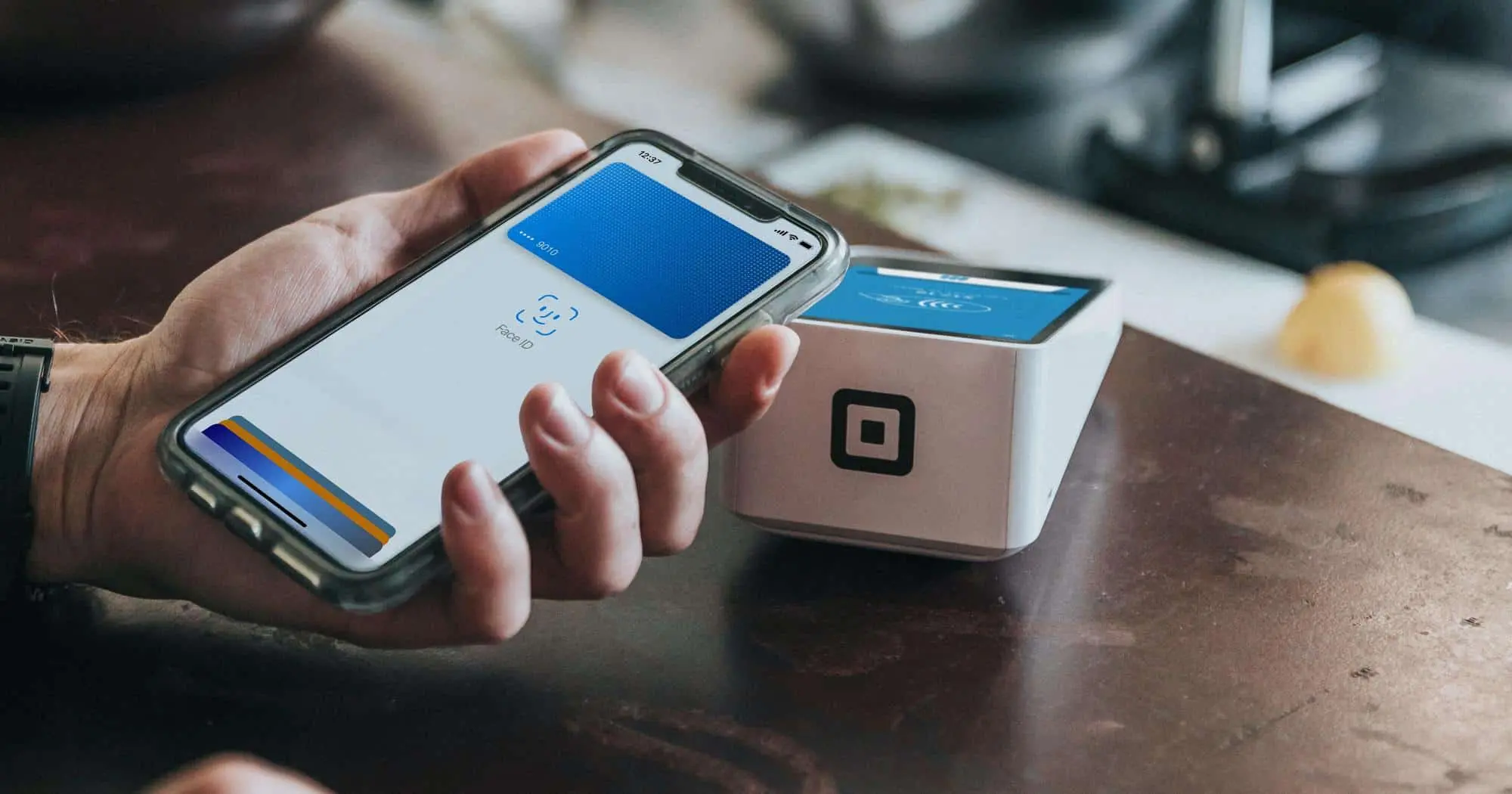
When the Coronavirus pandemic began at the start of March, we all quickly understood that we would have to adapt our day-to-day lives to fight the invisible enemy. Businesses promptly moved to a remote setup, schools and restaurants shut, and a whole host of other measures were put in place to prevent the spread of the virus and to ensure that the health services weren’t overburdened.
But I think few of us realised at that point, that some of the changes to our daily lives may well be much more long-lasting than the months spent in quarantine. The pandemic will inevitably end, but what will remain? We take a look at the five technologies which we think are likely to continue growing in the post-COVID world.
Digital and contactless banking

Concerned that cash may aid the spread of the virus, banks in several countries including the States have implemented measures to heavily encourage card payments and to ensure that banknotes are safe to use before they go into circulation. With bank branches shut in many major cities, account holders have also been forced to move all of their operations online.
While digital transactions have been around for years, there are still many banks which do not enable you to open an account remotely. COVID has significantly accelerated their impetus to do so
– and the post-Corona world is likely to see a vast increase in remote customer onboarding and a further digitization in banking. If you would like to read more about financial onboarding, you may be interested in the below article:
KYC and FinTech: The challenges of knowing your customer in the digital era
However, the World Bank has revealed that there are more than 1.7 billion unbanked people, who may not have easy access to digital payments. Companies such as TrustStamp are paving the way in facilitating easy onboarding through the use of facial biometrics to enable as many people as possible in the developing world to be able to open a bank account.
Remote work tools

In a recent report, Microsoft stated that remote work is here for good.
The giant says it saw an increase of 12 million users in the first week of stay-at-home government orders, with the number of minute meetings increasing threefold over March 15, for a total of 2.7 billion minutes in one day.
There’s no doubt that while the shift to working remotely has been a challenge, tools like Slack, Zoom, and Microsoft Teams have eased our way in remaining productive while being unable to meet face-to-face with colleagues. For many companies, the pandemic has proven that a remote setup can be just as productive as an office one, and some such as Twitter and Square have already said that their employees can work remotely forever going forward.
If you would like to find out more about our tips for communicating effectively in remote more, see our article below:
5 tips on managing communication in dispersed teams
Telehealth

With the spread of COVID-19, many countries have implemented precautions in GP surgeries, moving all consultations to either phone or video-conferencing. Telehealth can be an effective way to contain virus spread while still providing primary care.
Wearable personal IoT devices can track vital signs of illness in patients and chatbots are able to make initial diagnoses based on symptoms identified by patients.
GPs in some countries have already commented on the increased efficiency of the telehealth system
– which may well continue long after the danger of the current pandemic has passed.
However, it is important to note that telehealth requires a certain level of tech literacy to operate as well as decent internet access. Healthcare provision is also highly regulated in most countries, and doctors typically can only provide medical care to patients in the same jurisdiction – this may mean that regulations would have to be rewritten before public telehealthcare is used more broadly. Still, it’s definitely an industry to watch.
E-learning

With many countries around the world announcing school and university closures during the pandemic, students all over the world have resorted to eLearning in order to be able to continue their education and to prevent learning loss. While in some cases (particularly for younger pupils), the lack of face-to-face interaction is strongly felt, others have found that remote online learning suited them better than real-life lessons.
There has also been a rise in adult-learning, with people using quarantine as an opportunity to upskill themselves
– in order to be in a better position when the job market recovers. The technologies involved in distance learning are not dissimilar to those used in remote work, and include video-conferencing, augmented reality and even AI robot teachers.
If you’d like to learn more about what works in this sector, check out our article below:
The era of eLearning – 5 great platforms which can teach us what works
E-commerce and home deliveries

New data from IMRG has revealed that UK online retail sales rose by 22% in the first week of April compared to the same time last year. The same upswing has been seen by countries around the world as the pandemic has transformed what was previously a nice-to-have into a necessity, particularly for the more vulnerable members of society. In many countries, the retail sector has failed to cope with the increase in demand, but plans are already in place to scale up operations.
There has been news of Chinese e-commerce companies ramping up their development of robot deliveries – another area to watch in years to come.
Likewise, there has been a significant rise in takeaway deliveries, with restaurants which have previously never offered the service, now joining in, in order to survive. This is good news for consumers, who are faced with increased choice – a trend which is likely to continue in the future.
Have an idea for a digital product in the post-Corona world? We can help you bring it to life! Get in touch with our friendly team on hello@10clouds.com and we’ll be sure to get back to you promptly.



